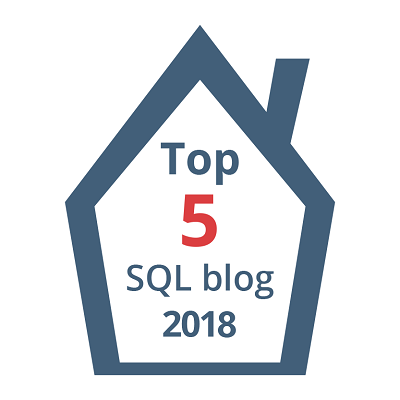An Introduction to Cloud Computing …aligned with Microsoft Azure
What is Cloud Computing?
Cloud Computing is the delivery of computing services like servers, storage, databases, networking, software, analytics and more-over the Internet (“the cloud”). Here the computing resources which contains various servers, applications, data and other resources are integrated and provide a service over the Internet to Individuals and Organizations. Companies offering these computing services are called cloud providers and typically charge for cloud computing services based on usage, similar to how you are billed for water or electricity at home.
Cloud computing is a model for enabling convenient, on-demand network access to a shared pool of configurable computing resources (e.g., networks, servers, storage, applications, and services) that can be rapidly provisioned and released with minimal management effort or service provider interaction. – NIST
The two prominent Cloud Computing providers in the market currently are:
– Microsoft Azure and
– Amazon’s AWS.
Uses of Cloud Computing:
1. On-demand and Self-Service, without any human intervention or manual work.
2. Create as many Virtual Machines (VMs) of your choice of Operating System (OS) quickly without worrying about hardware and office/lab space.
3. Instantaneously Scale up and Scale down the VMs and other services
4. Create new apps and services quickly
5. Resource pooling and Elasticity.
6. Host websites, portals and blogs
7. Store, back up and recover data
8. Stream audio and video
9. Analyse data for patterns and make predictions
Benefits of Cloud Computing:
1. Cost: eliminates the capital expense of buying hardware and software and setting up and running on-site datacenters
2. Global Scale: Quickly Scale-Up & Scale-Out as in when you need more resource, and Scale-Down when not in need, and pay as you use.
3. Reliability: Provision of Data backup, Business Continuity and Disaster Recovery (BCDR), by mirrored data at multiple redundant sites on the cloud provider’s network.
4. Speed and Performance: Majority of computing resources can be provisioned in minutes, with state-of-art and latest-gen high-end hardware.
5. Productivity: Rather than involving in IT management chores, the IT teams can spend time on important business goals.
Types of Cloud Computing:
As per the NIST (National Institute of Standards and Technology) the Cloud Computing service provider should have following 3 service models for its customers:
1. Infrastructure as a Service (IaaS): The consumer can provision Processing, Storage, Networks, and other fundamental computing resources where the consumer is able to deploy and run arbitrary software, which can include Operating Systems and Applications.
– The consumer does not manage or control the underlying cloud infrastructure.
– But has control over Operating Systems, Storage, deployed Applications, and possibly limited control of select networking components (e.g., host firewalls).
– Example: Windows and Linux VMs, Blob Storage, SQL Server with Windows/Linux VM, Virtual Network, etc.
2. Platform as a Service (PaaS): The consumer can deploy onto the cloud infrastructure consumer-created or acquired applications created using Programming Languages and Tools supported by the provider.
– The consumer does not manage or control the underlying cloud infrastructure including Network, Servers, Operating Systems, or Storage.
– But has control over the deployed Applications and possibly application hosting environment configurations.
– Example: Azure SQL Database, DocumentDB, HDInsight, Data Factory, etc.
3. Software as a Service (SaaS): The consumer can use the provider’s applications running on a cloud infrastructure. The applications are accessible from various client devices through a thin client interface such as a web browser (e.g., web-based email).
– The consumer does not manage or control the underlying cloud infrastructure including Network, Servers, Operating Systems, Storage, or even individual application capabilities, with the possible exception of limited user-specific application configuration settings.
– Example: Microsoft Office 365, WordPress, Joomla, Django, etc.
Deployment Models:
1. Public cloud: The cloud infrastructure is made available to the general public or a large industry group and is owned by an organization selling cloud services.
– Example: Microsoft Azure.
2. Private cloud: The cloud infrastructure is operated solely for an organization. It may be managed by the organization or a third party and may exist on premise or off premise.
– Example: Microsoft Azure Stack.
3. Hybrid cloud: This combines Public and Private clouds, bound together by technology that allows data and applications to be shared between them, providing businesses greater flexibility and more deployment options.
– Example: Cloud Bursting for load-balancing between clouds.
-
March 15, 2018 at 12:30 pmAn Introduction to Cloud Computing …aligned with Microsoft Azure - SSWUG.ORG





